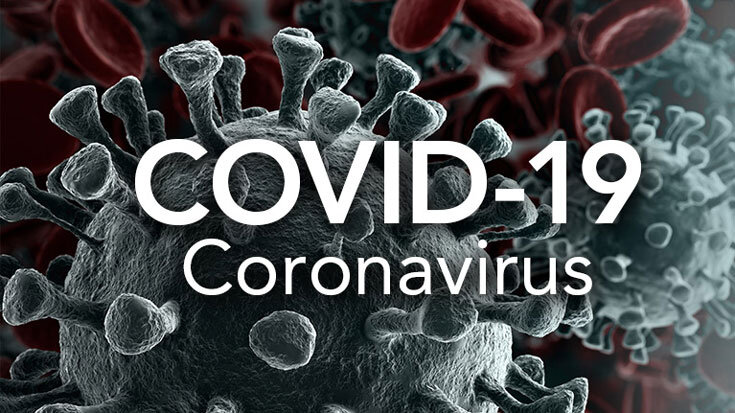Depression is a pervasive global health concern that affects millions, and finding effective treatments is a priority in medical research. One promising approach that has emerged is the use of transcranial direct current stimulation (tDCS), especially in a home-use setting. This method, which involves applying a low-intensity electrical current to the brain, has been studied for its potential to relieve symptoms of major depressive episodes without the side effects commonly associated with pharmaceutical treatments.
The Science Behind tDCS
tDCS works by targeting specific areas of the brain associated with mood regulation—most notably, the dorsolateral prefrontal cortex. By modulating neuronal activity, tDCS aims to correct the dysfunctions that contribute to depression. The simplicity and safety of the setup mean that it can be administered at home with minimal supervision after initial training. This not only reduces the burden on healthcare facilities but also provides patients with a sense of control over their treatment.
Recent Studies and Trials
Recent clinical trials have shown promising results. Patients experiencing major depressive episodes reported significant improvements in their symptoms after regular use of tDCS devices. These findings are supported by data indicating that tDCS, particularly when combined with other therapies such as cognitive-behavioral therapy, can lead to meaningful improvements in mood and cognitive function.
Benefits of Home-Based Treatment
The advantages of home-based tDCS are manifold. It is cost-effective, reduces the need for frequent hospital visits, and can be a valuable treatment option for those who have limited access to traditional healthcare resources or who prefer privacy while receiving treatment. Moreover, the non-invasive nature of tDCS, coupled with the lack of systemic side effects, makes it an attractive alternative or complement to antidepressant medications.
Moving Forward
While the results are promising, tDCS is not without its challenges. The optimal parameters for treatment, such as duration and frequency of stimulation, are still under research. Additionally, the long-term effects and effectiveness compared to standard treatments need further exploration.
In conclusion, home-use tDCS presents a promising frontier in the battle against depression. As research progresses, this technology could play a crucial role in democratizing mental health treatment, making effective relief more accessible to those in need. For those struggling with depression, tDCS offers a glimmer of hope that they can regain control over their mental health in the comfort of their own home.
For more detailed insights into the recent studies and guidelines on the use of tDCS for depression, visiting dedicated medical research publications and following the latest clinical trials can provide valuable information.




